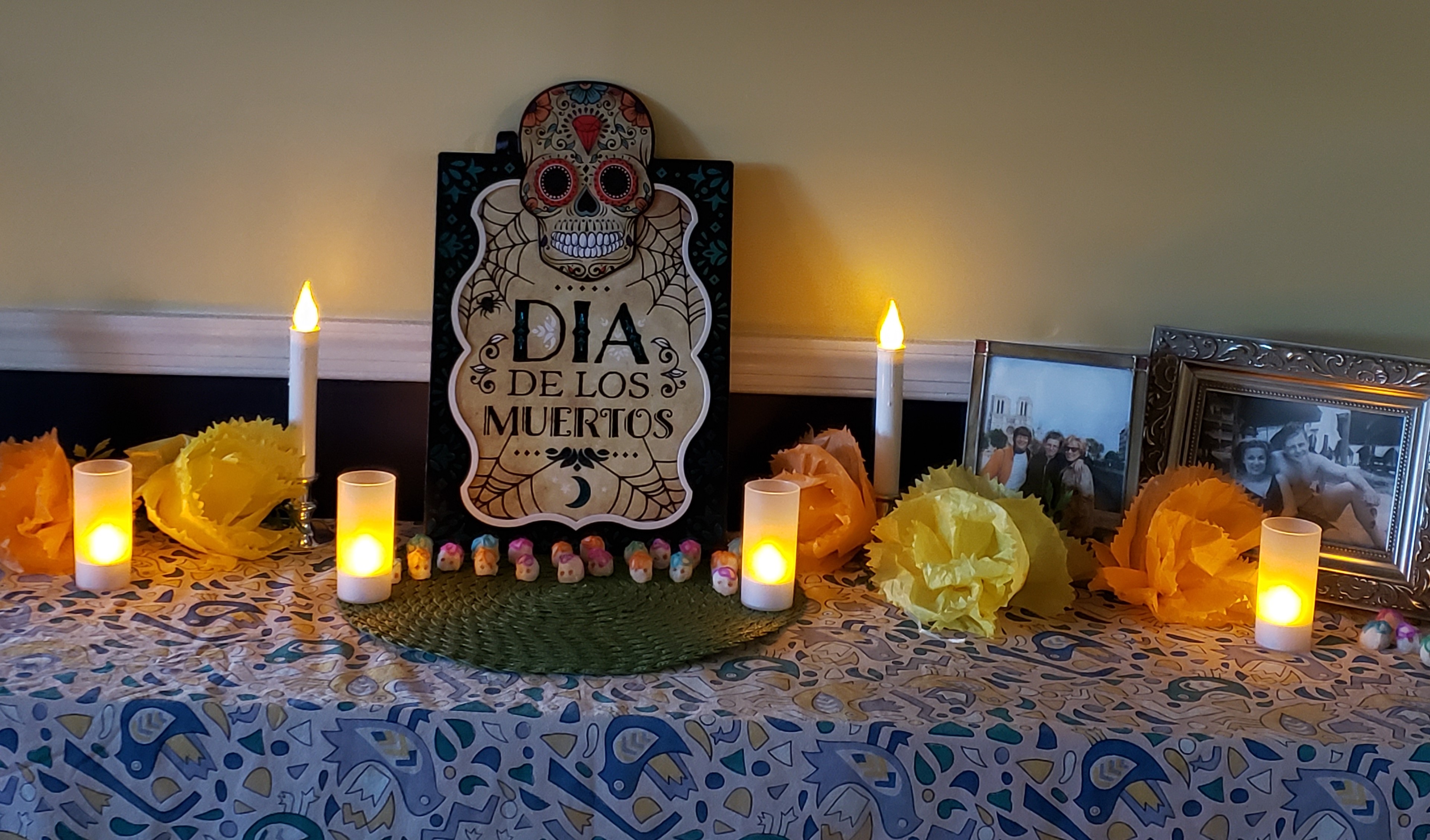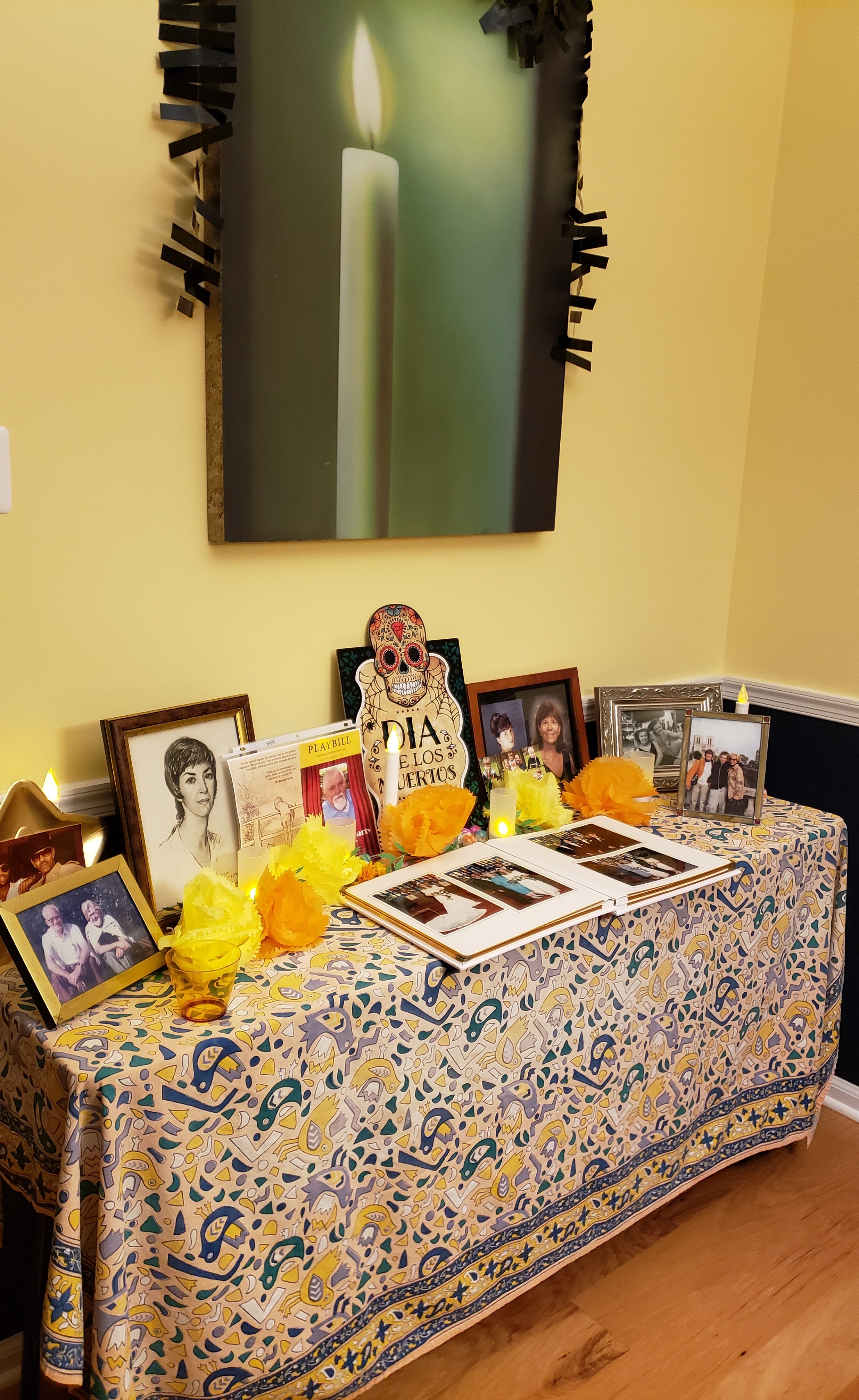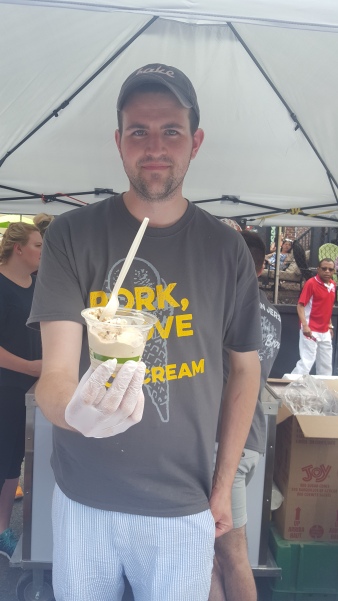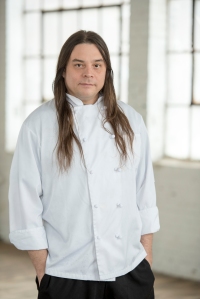
I was chatting with my son about our days living in the Catskills in New York, and what some of his classmates were up to. We had moved there shortly after 9/11, along with everyone else who thought it was a good idea to get away from living near New York City.
Where we moved to was inhabited by two main groups of people: the “locals” who had lived there for generations, and the “flatlanders”, people who owned vacation houses and came up on the weekends. And then there was a smaller population of people who were “transplants”, people who moved there but had no roots or family. That was us.
Long story short, the living was not easy for transplant families. The was a lot of resentment and animosity from the local population. And the weekend tribe did treat many of the residents with disdain and looked down on them. We just didn’t fit in.
Many of the “transplant” students in my son’s class couldn’t wait to get out of the Catskills. They had not grown up there, and many had traveled and had life experiences that were not available to them in this small rural town. They went off to college and moved to metropolitan areas. We relocated as well to the Philadelphia area in Pennsylvania.
So imagine my surprise when my son told me that one of his classmates, Alexis deBoschnek, had returned to the Catskills. Alexis was a highly motivated young lady, and completed high school in three years just so that she could leave the area. She had gone to college in New York, and had moved to Los Angeles and was in charge of the test kitchen for BuzzFeed. So what was someone who had lived in the two biggest cities, was creating content for BuzzFeed and had worked with Marcus Samuelsson doing back in the rural hills of the Catskills? I had to find out.
I caught up with Alexis last month to see what she was working on and what had brought her back. A little more background:
Alexis graduated from the Fashion Institute of Technology in New York, but rapidly discovered that the fashion world was not as expected and the “glamour of the fashion industry was shattered”. Interested in cooking, she went on to receive a certificate in Culinary Techniques from the International Culinary Center. But she found that she didn’t want to be in the restaurant industry. Then she discovered Ruth Reichel, who had gone from working in restaurants to becoming the editor for Gourmet Magazine until it shuttered in 2009. Alexis found her niche in the world of food writing. She moved to LA and became one of the culinary influencers of Tasty, creating videos of recipes and techniques like the perfect pancake or roasted chicken. She also had her own video series, “Chef Out of Water” where she has to create a three course meal using only a coffee maker or an iron. You can watch the coffee maker video here. Alexis has great screen presence, and is delightfully funny in this series. Alexis says she is really “quite shy” but her videos say otherwise!
Enter the pandemic. With changes in her employment, Alexis decided to head back to the Catskills for six months. Her mother still lives there, and she felt it made sense to go ride out the pandemic with her. But still thinking of it as a temporary move. Reminder, this area is remote. The closest Target is ninety minutes away… not lying. So moving from LA is beyond a big adjustment. It is culture shock. She was concerned about moving back to a place where she had very little in common with the people who lived there, flashbacks of high school and her escape. Alexis was now doing freelance work and creating recipes. Her recipes have been featured in Food52, The Kitchn, BuzzFeed’s Tasty, Chowhound, and Tasting Table. Her mother has a beautiful home with amazing gardens, and Alexis found a great sense of place and balance, which allowed her to concentrate on her creative side. The area has changed, with a larger and more diverse population now living there. Since the world has finally embraced remote work, it is now possible to live in a place like the Catskills and have your career.
Six months became several years. It’s now 2022 and Alexis is still in the Catskills. She has found her creative groove in the mountains. When I asked her what was a source of inspiration, she said ” Most definitely, my Mom’s gardens.” Alexis’ mother is a landscape designer, so she is surrounded by beauty and bounty.
When I asked her about her perspective on food, she said” It is so important to use all of the ingredients so that there is no waste.” In her experiences in the food industry, she was appalled at the amount of food waste. This became her inspiration to write her first cookbook, “To the Last Bite“. Growing up with her Mom’s garden, Alexis learned how to make every ingredient last. The cookbook focuses on using the entire ingredients to cut down on food waste, save money and have an impact on climate change. Go to her website to learn more about Alexis and her life in the Catskills and to order her cook book.

I was delighted to hear Alexis’ story, and how her path has lead her full circle to a place she never expected to live in ever again.
You just don’t know where life will take you, so Never Say Never.





















